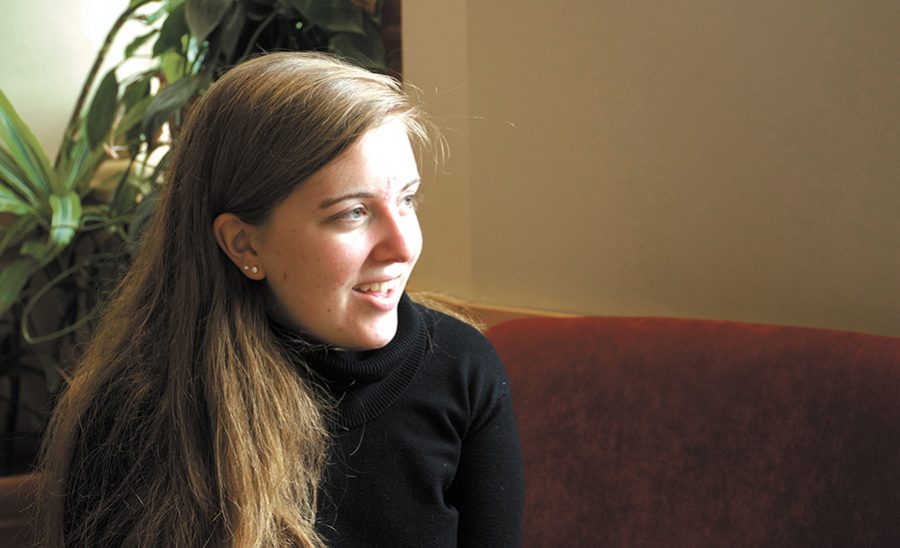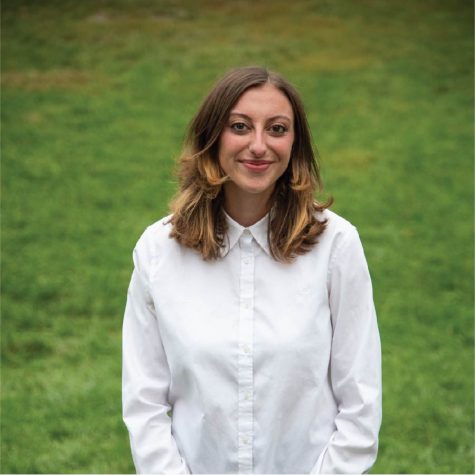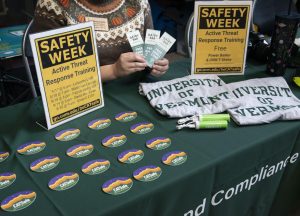Food insecurity: a local issue with national attention
Sophomore Anna Porter is UVM’s representative for The Campus Hunger Project, an advocacy campaign for Challah for Hunger. Challah for Hunger and MAZON: A Jewish Response to Hunger were among organizations that lobbied for a study on student food insecurity by the Government Accountability Office.
January 29, 2019
A federal report on student hunger showed that UVM is not alone in having a problem with student food insecurity.
The federal report found that four in 10 students at four-year colleges are food insecure. UVM food insecurity studies found that 17 to 25 percent of UVM students are food insecure, according to a November 2018 Cynic article.
According to the report by the Government Accountability Office, an increasing number of low-income students attending college correlates with the increase in food-insecure college students.
“What the GAO exposed is 2 million students not getting enough food,” said Francesca Lo Basso, social justice nonprofit Challah For Hunger’s development associate. “This is only the first step in Congressional intervention.”
Challah for Hunger is an organization with participants on over 80 colleges, according to their website.
The study done by GAO, a nonpartisan agency that audits federal programs, was commissioned by Sen. Elizabeth Warren D-M.A. and other senators.
“These issues are extremely prevalent at UVM,” said sophomore Anna Porter, UVM’s representative for The Campus Hunger Project, a campaign of Challah for Hunger.
“If more people knew how to get those benefits, I think that would benefit the fundamental issue of how many people are hungry,” she said.
In 2017, two studies conducted by the UVM food insecurity working group found that 17 to 25 percent of undergraduate students at UVM don’t have reliable access to food.
Approximately 39 percent of college students are low-income, and low income is the largest risk factor for food insecurity, according to the studies.
“When people think of college students, they don’t necessarily think about people who are struggling,” Porter said.
As of September 2018, over 650 colleges reported having a food pantry on campus, the GAO report states.
Student Support Services and the Mosaic Center have food pantries but many students don’t take advantage of them, Porter said.
SGA and the UVM food insecurity working group are working on a food pantry and meal swipe bank, according to a November 2018 Cynic article.
Graduate student Joy Sullivan, a coordinator for the Catamount Recovery Program, worries that a meal swipe bank creates impractical expectations for staff.
“Some staff have been asked to give their swipes to students who need them,” Sullivan said. “It puts a lot of pressure on people who work here.”








